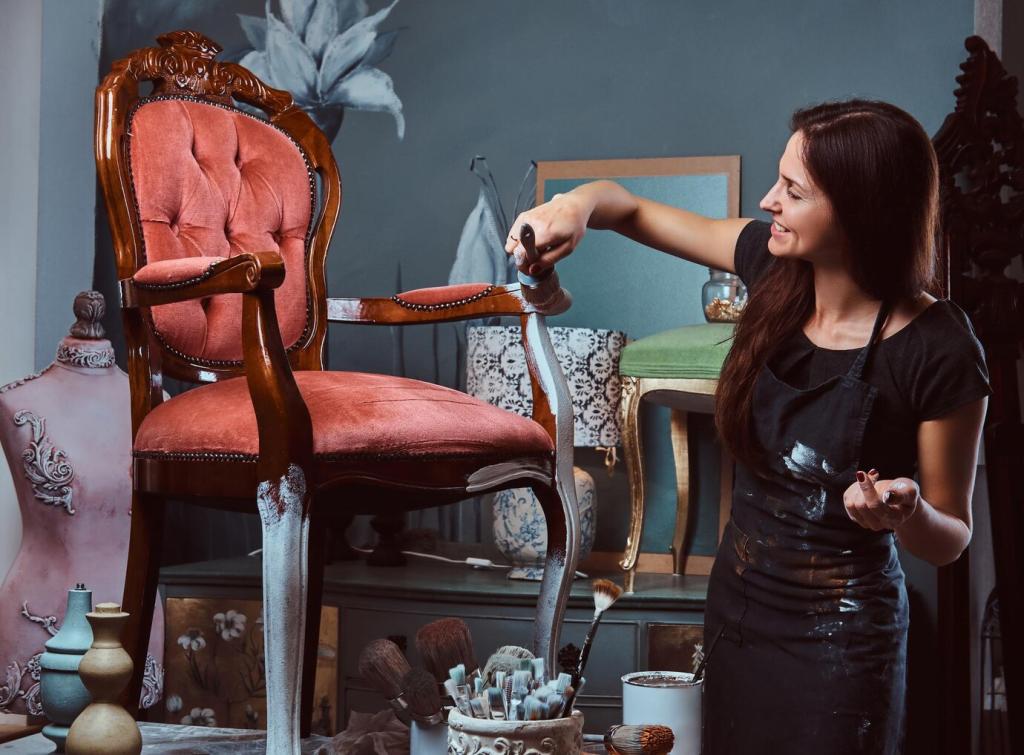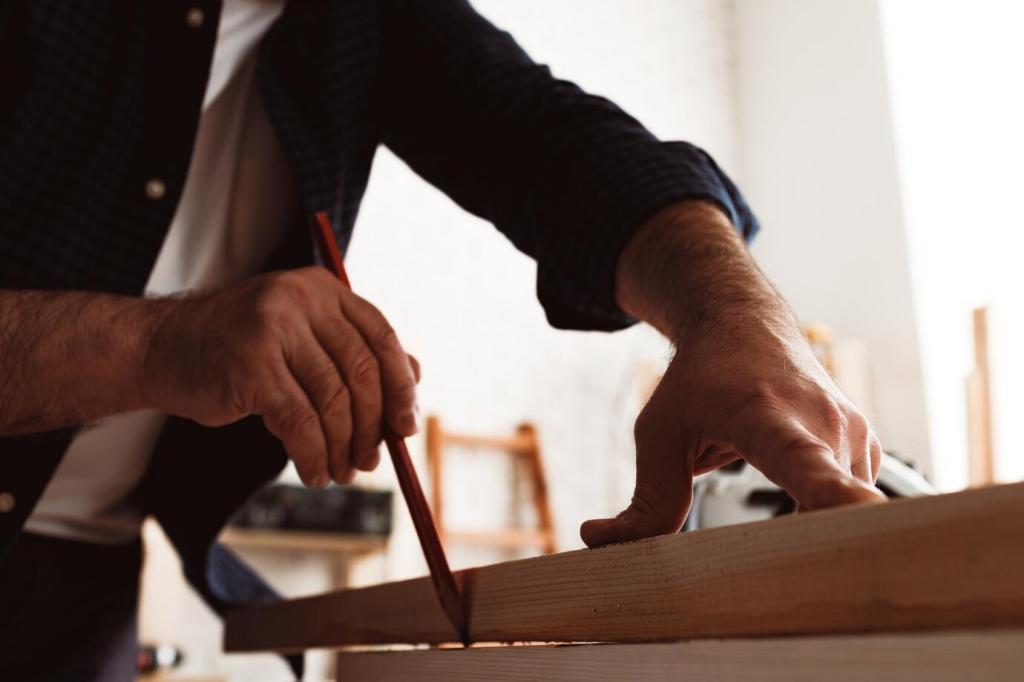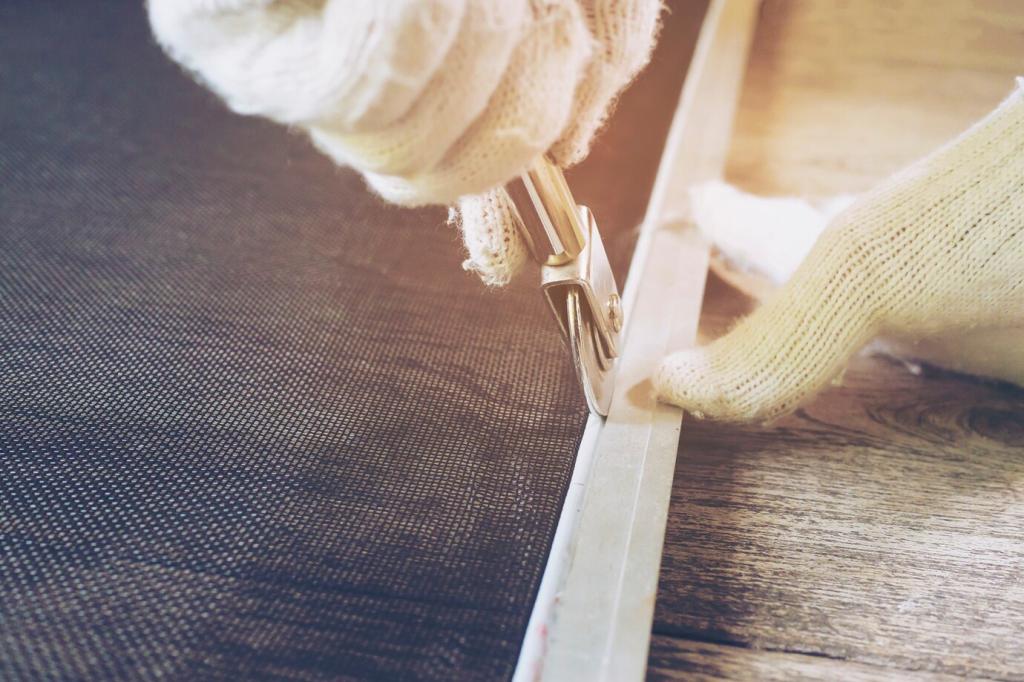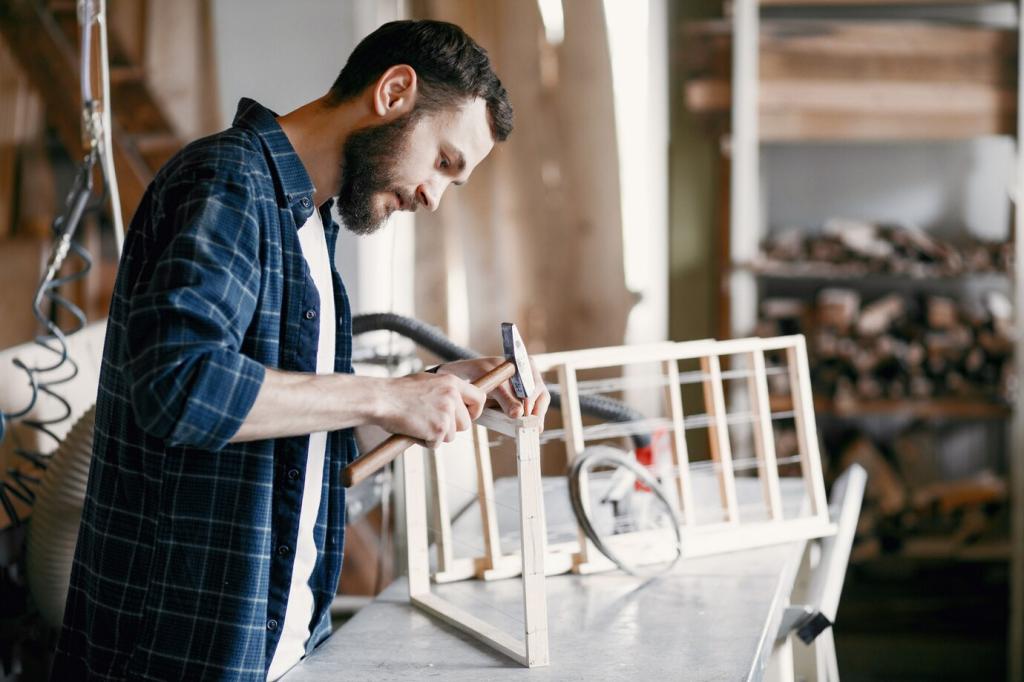A Safe, Repeatable Polishing Workflow
Before polishing, remove dust with a soft brush, then lift grime using distilled water with a drop of mild soap on a dampened cloth. Dry immediately. Test every step in a hidden area and note any color transfer.
A Safe, Repeatable Polishing Workflow
Apply a pea-sized amount of chosen polish to a clean cloth, working with the grain on wood or in straight, gentle motions on metal. Stop frequently, evaluate under angled light, and adjust pressure. Report your test results to us.
A Safe, Repeatable Polishing Workflow
After a light polish, buff with fresh cloths until residue disappears. Allow waxes to cure fully before handling. Reassemble any masked hardware, then step back and assess. Share before-and-after photos to inspire fellow readers.




